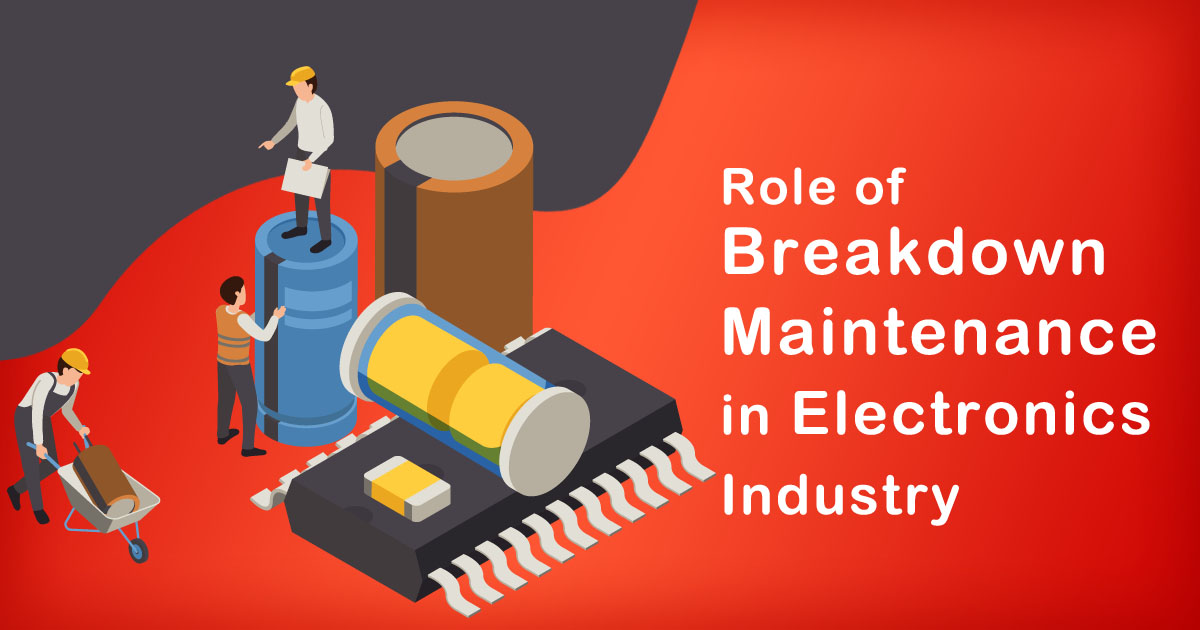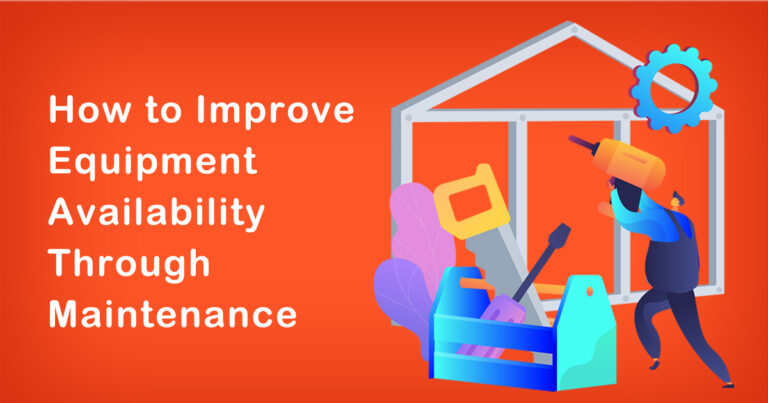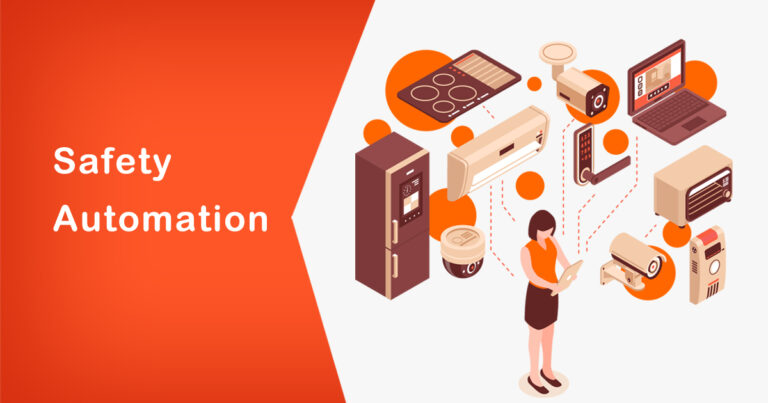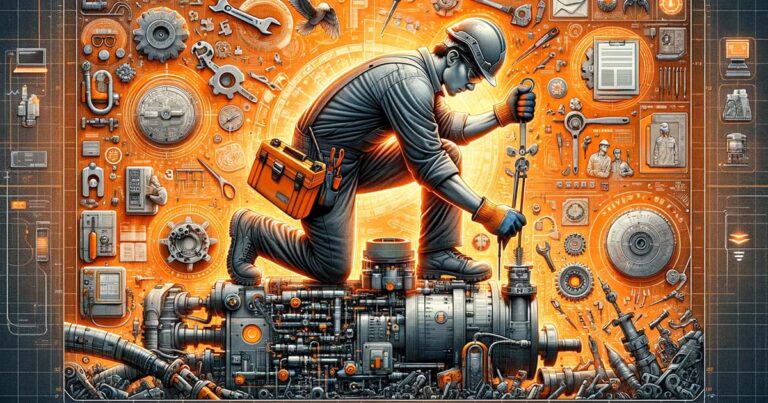Introduction
The electronics industry plays a crucial role in India’s economic growth, contributing significantly to the country’s GDP and creating numerous job opportunities. As the industry grows, the importance of maintaining its critical infrastructure becomes paramount. One of the most essential aspects of maintenance in this sector is “Breakdown Maintenance.” In this blog, we will delve into the significance of Breakdown Maintenance in the Indian electronics industry, supported by research and facts.
Understanding Breakdown Maintenance
Breakdown Maintenance, also known as reactive or corrective maintenance, refers to the practice of repairing equipment or machinery after it has broken down or failed. Unlike preventive maintenance, which is conducted on a scheduled basis, breakdown maintenance occurs in response to an unexpected failure.
The Cost Factor
While preventive maintenance is widely promoted as a cost-effective approach, the electronics industry in India faces unique challenges that make Breakdown Maintenance a critical strategy. One of the key factors is cost optimization. India, being a developing nation, often encounters budget constraints, especially in the electronics sector, which consists of numerous small and medium-scale enterprises. Preventive maintenance might demand significant upfront investments, which can be financially burdensome for these businesses.
Research conducted by leading industry experts reveals that some electronics manufacturing units in India find it more economical to rely on Breakdown Maintenance, primarily due to cost considerations. They meticulously analyze the equipment’s expected failure patterns, repair costs, and downtime expenses before making informed decisions.
Mitigating Downtime
Downtime is a significant challenge faced by the electronics industry. Every minute of production downtime translates into financial losses and impacts supply chain operations. Given the fast-paced nature of the industry, time becomes a crucial factor. In certain scenarios, scheduling preventive maintenance can lead to production halts that might have detrimental effects on meeting delivery timelines.
Breakdown Maintenance comes to the rescue in these time-sensitive situations. With well-trained maintenance teams and efficient response protocols, companies can address the issues promptly and restore operations faster. Of course, there are cases where certain critical components must be part of a preventive maintenance program, but for other less critical components, breakdown maintenance proves to be more time-saving and practical.
Improving Efficiency
Intriguingly, some research studies have indicated that implementing breakdown maintenance judiciously can actually improve overall operational efficiency in the electronics industry. When companies focus on minimizing downtime and enhancing rapid response capabilities, it drives them to adopt advanced maintenance practices. They invest in skill development of their maintenance personnel and implement technologies that allow for quick identification and resolution of issues.
Furthermore, Breakdown Maintenance enables companies to gather real-time data on equipment failures, providing valuable insights for identifying recurring problems and implementing appropriate corrective measures. This continuous learning and improvement cycle can lead to enhanced overall equipment effectiveness (OEE) and operational excellence.
Conclusion
In conclusion, Breakdown Maintenance holds a significant role in the Indian electronics industry, catering to its unique needs and challenges. While preventive maintenance is undoubtedly a valuable strategy, cost constraints, time-sensitive demands, and the potential for operational improvements make breakdown maintenance a viable and practical choice.
However, it’s essential to emphasize that a balanced approach is the key to successful maintenance management. A judicious combination of preventive maintenance for critical components and breakdown maintenance for less critical ones can help strike the right balance.
As the electronics industry in India continues to grow, stakeholders must adapt their maintenance practices to the evolving demands of the sector. By leveraging the advantages of breakdown maintenance while addressing its limitations, companies can foster a robust and efficient electronics ecosystem in the nation.








